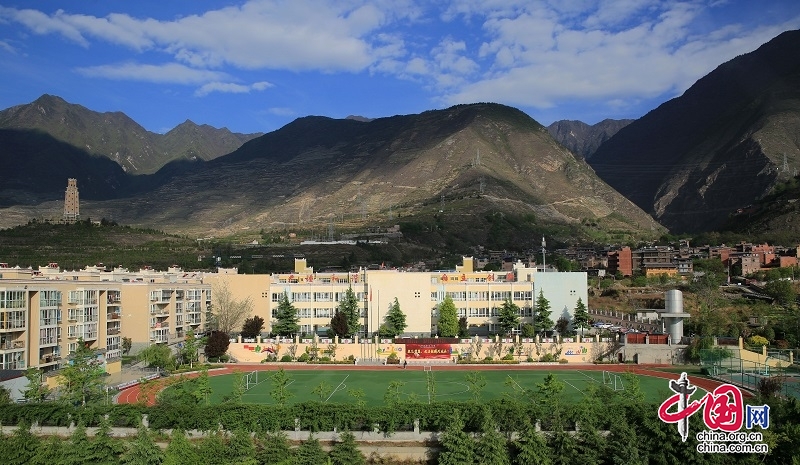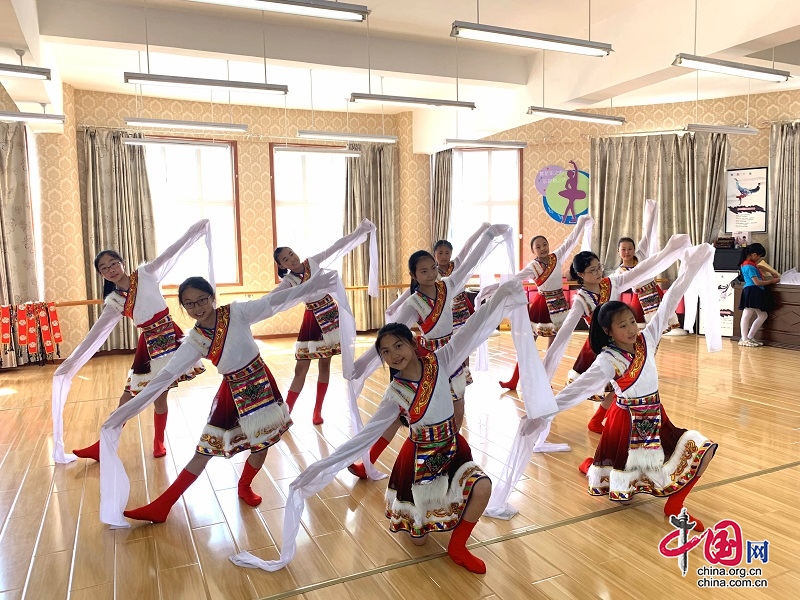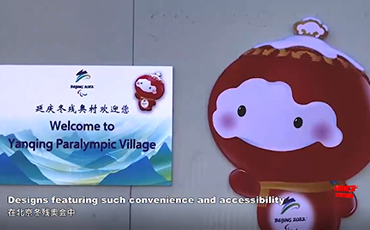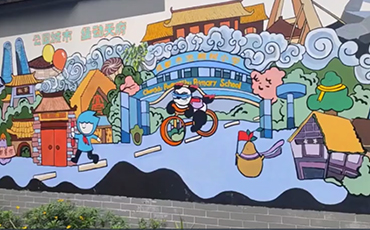Maoxian Hexi primary school brings ethnic culture into the classroom
The western suburbs are colored in spring, and the peaches and plums sprout. Flowers in the rain, and in the ear is the sound of books. The sprawling campus of Hexi primary school in Maoxian County, Aba Prefecture, is located along the gushing waters of Minjiang River. Of the 1,115 students enrolled here, 97.8% belong to ethnic minority population such as Qiang, Tibetan and Hoi community.

‘Culture is the root of a nation,’ believes Hexi primary school principal Huang Yong. That’s why the school has done its best to integrate cultural learning into its classrooms. Glimpses of rich and varied cultural heritage can be seen everywhere — from the corridors of the building which feature ancient poetry and Qiang — also known as the people ‘living on the cloud’ — to a Chinese map that shows the geographic distribution of 56 ethnic groups. A Tibetan scripture tube and various Chinese carvings stress the importance of culture on the young minds.

Music teacher Zhang Shu tries every day to bring a slice of the ethnic culture into the classroom to get more children to inherit and pass on the Qiang art. After graduating from the Vocal Music Department of Sichuan Conservatory of Music, Zhang Shu returned to his hometown Maoxian County and became a primary school music teacher. This summer, he visited He Wangquan, the national inheritor of Qiang flute. ‘I have made it an annual visit during the summer vacation because I want to be able to pass on the ethnic music to students,’ says Zhang Shu. (By Edina Liang)







